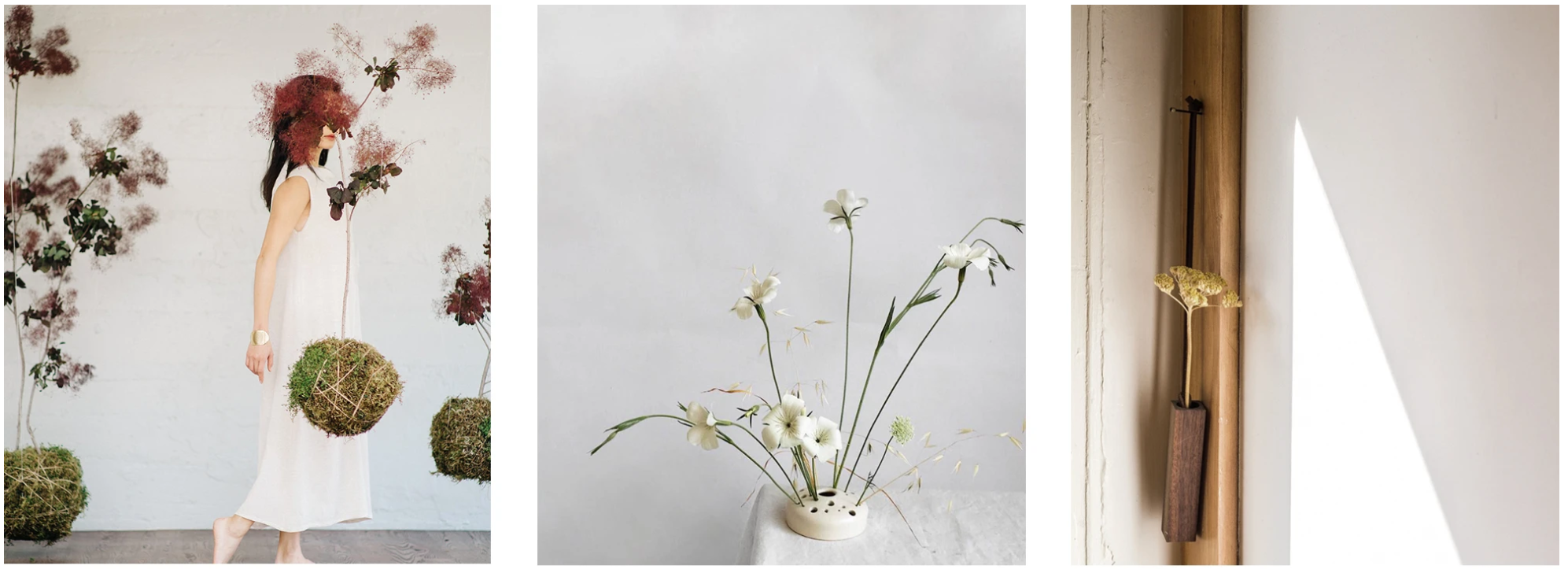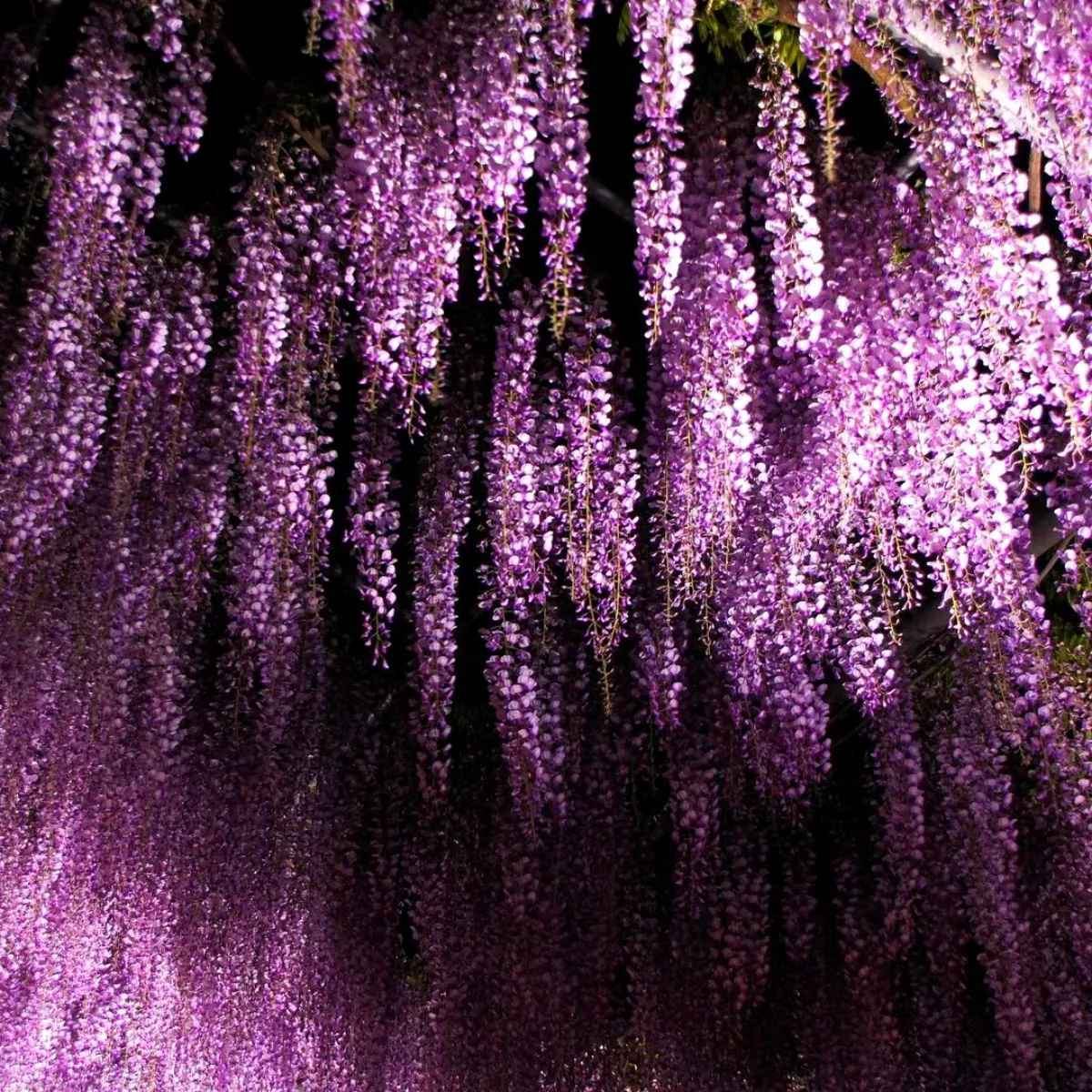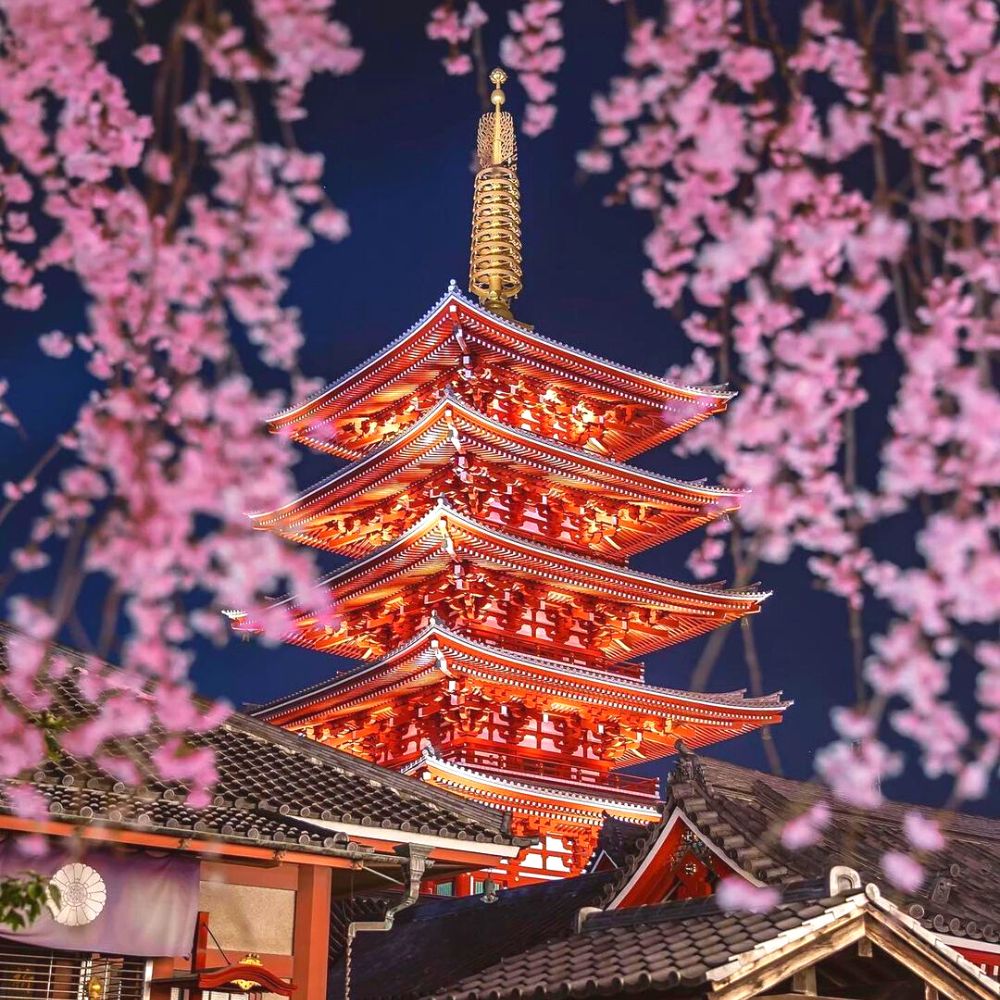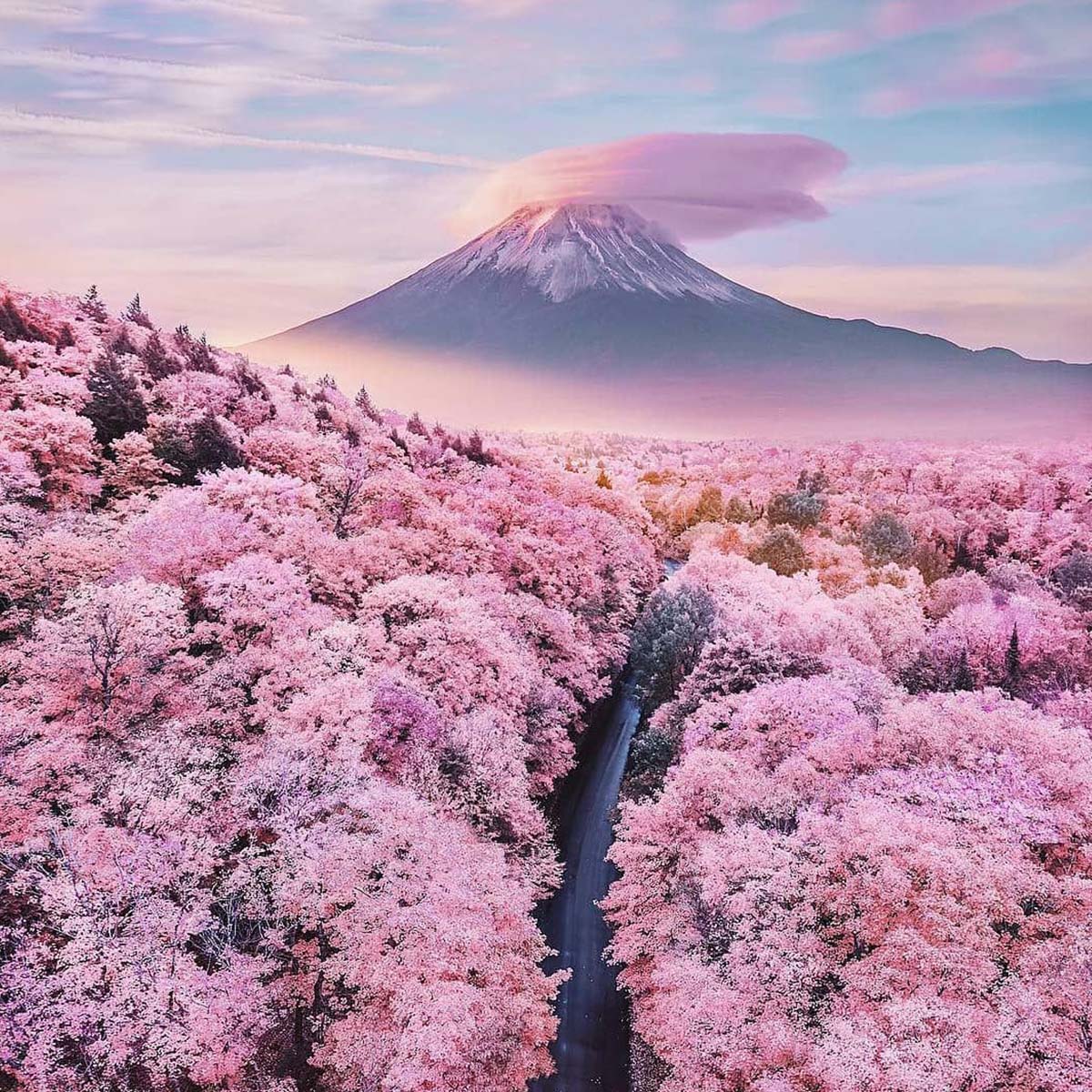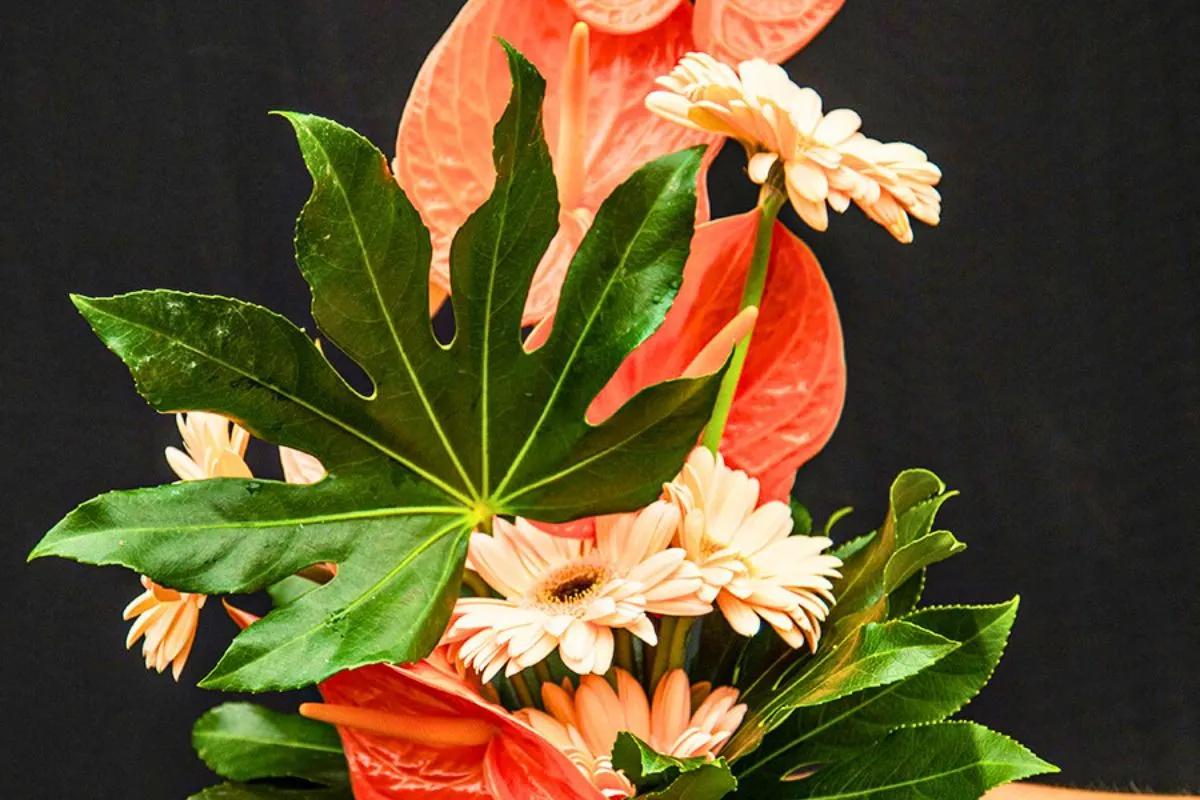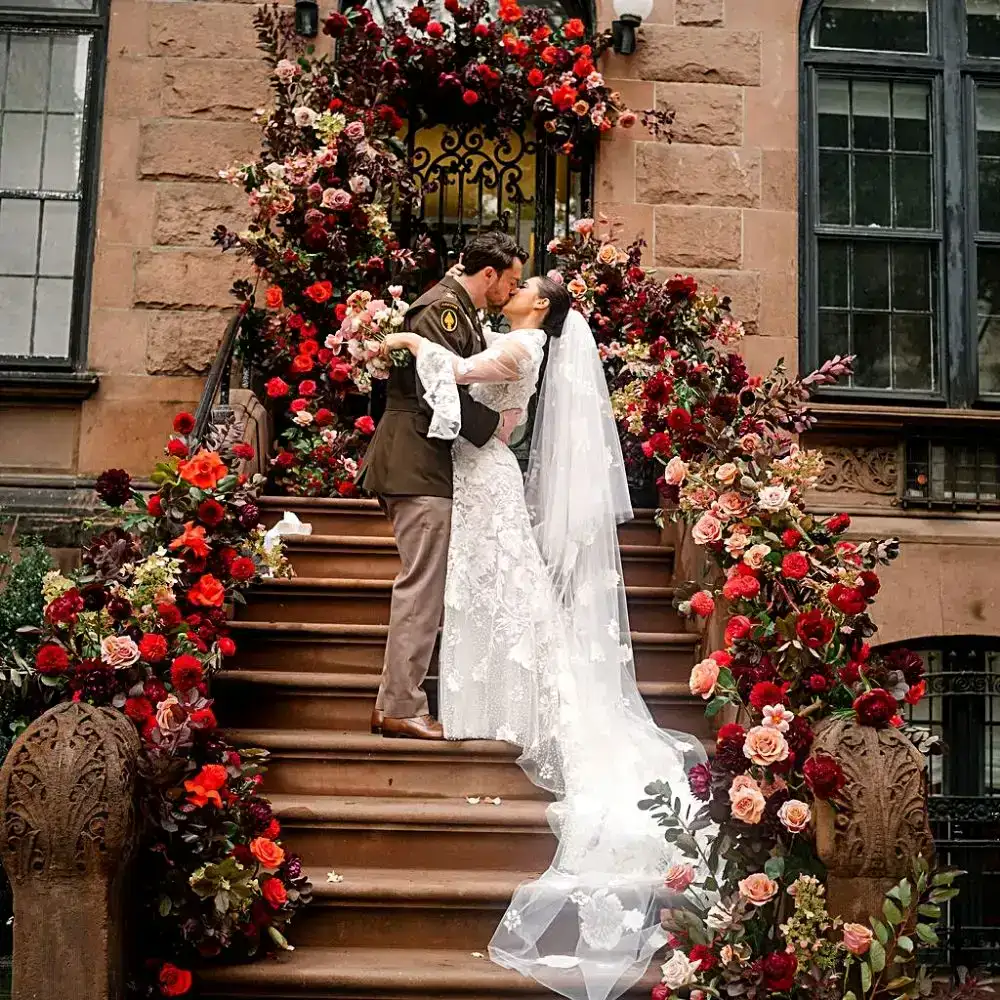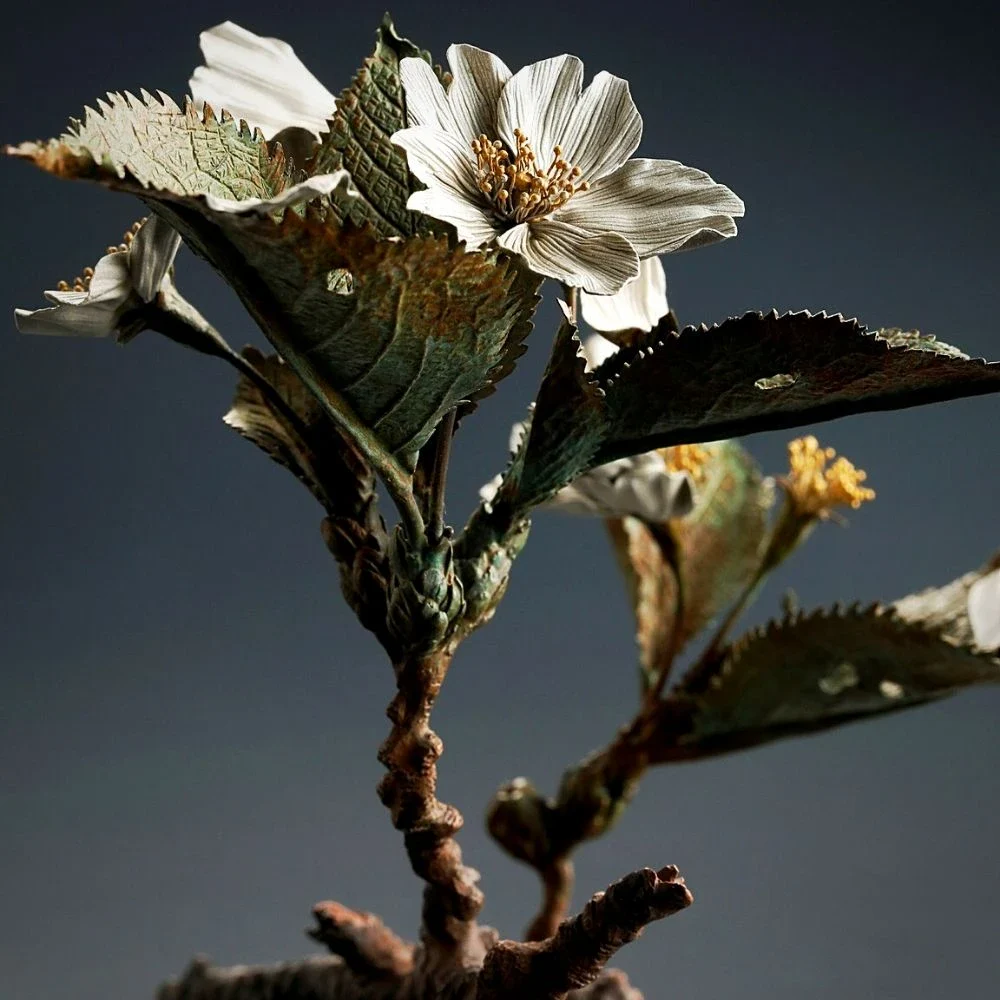Ikebana Steps
In this guide, you’ll learn enough to help you figure out if ikebana is something you want to take up and if so, what the first few steps on the path should be.All There is to Know about Ikebana
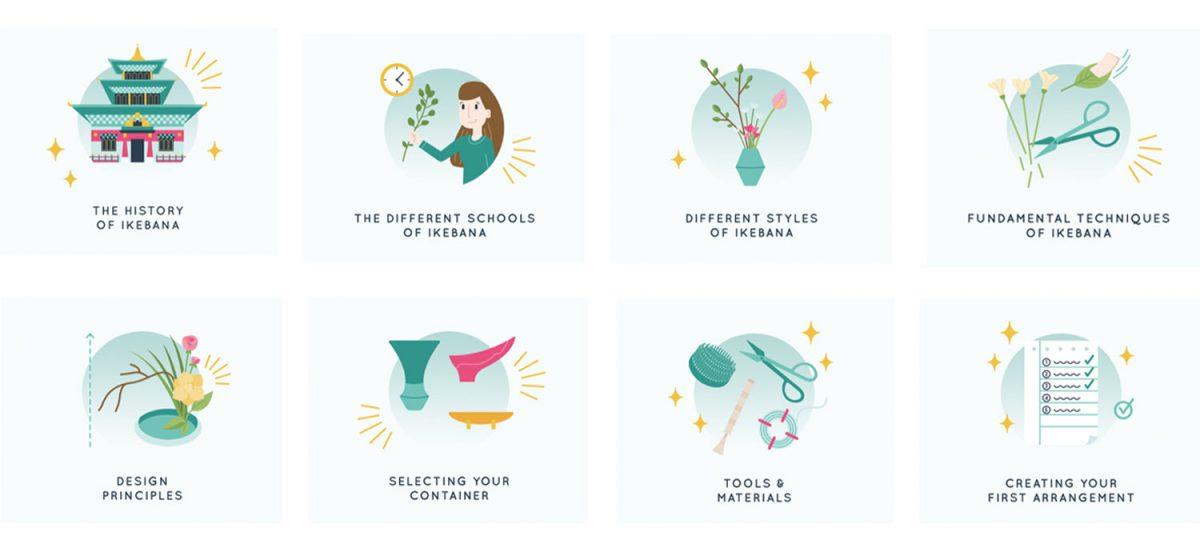

The History of Ikebana
Ikebana is thought to have originated in Japan in the 6th century; the same time that Buddhism arrived in Japan from China. This isn’t a coincidence since Buddhists had long offered up flowers to Buddha at their temples. The flowers offered up in Japan began to reflect some of the principles of Buddhism. Being associated with Buddhism and the aristocracy, it was only a matter of time before it was taken up by the masses. By the 15th century, the floral arrangements that were initially just offerings to Buddha had become an art form known as ikebana. In Japanese, ikebana is made up of two characters: 生 and 花 The first means life, while the second means flower. It’s for this reason that ikebana is often translated in English as ‘bring life to the flower’.While different schools have emerged and ikebana has evolved since the early days of the art form, originally ikebana arrangements were created with a similar theme in mind; one of three lines that represented heaven, man and earth.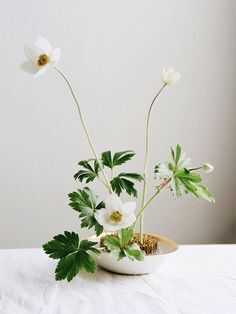
Shin, Soe and Tai by Soil and Stem
Fundamental Techniques of Ikebana
 Before you can begin to create arrangements of your own, there are some basic skills that you must first acquire. Without these basics, it will be hard to create anything, regardless of your imagination or creativity.
It’s also helpful to understand the environmental factors that will affect your arrangement. Ikebana, being made from flowers, last longest in environments that flowers flourish in. Some humidity is welcome and will help keep the flowers fresher for longer.
In addition, a cooler environment is preferred to a hot one, as warmer temperatures cause cut flowers to die sooner.
You should also endeavor to keep your arrangements away from smoke, strong sunlight, and air conditioning.
Before you can begin to create arrangements of your own, there are some basic skills that you must first acquire. Without these basics, it will be hard to create anything, regardless of your imagination or creativity.
It’s also helpful to understand the environmental factors that will affect your arrangement. Ikebana, being made from flowers, last longest in environments that flowers flourish in. Some humidity is welcome and will help keep the flowers fresher for longer.
In addition, a cooler environment is preferred to a hot one, as warmer temperatures cause cut flowers to die sooner.
You should also endeavor to keep your arrangements away from smoke, strong sunlight, and air conditioning.
Cutting Basics
If you’re going to be doing ikebana, one of the things you’ll find yourself doing frequently is cutting flowers. While this may seem simple to do, there are a few things to note that will make the cutting much more successful. One technique frequently used by ikebana practitioners is known as mizukiri, or ‘water-cut’. This refers to the method of cutting stems of flowers under water to avoid air from finding its way into the stem of the flower. Doing this will keep your flowers alive longer, so it’s important to get into the habit of doing this. Second, you need to make sure you’re making the cut the right way. If you’re using a kenzan (we’ll explain what this is shortly) to hold your flowers in place, then you’ll want to make the cuts straight across the stem so it can be better held in place. However, if you’re using a vase to hold your flowers, then you’ll want to use a diagonal cut so that the surface area of the cut is maximized, meaning that water will be more readily absorbed into the stem, keeping the flower alive for longer.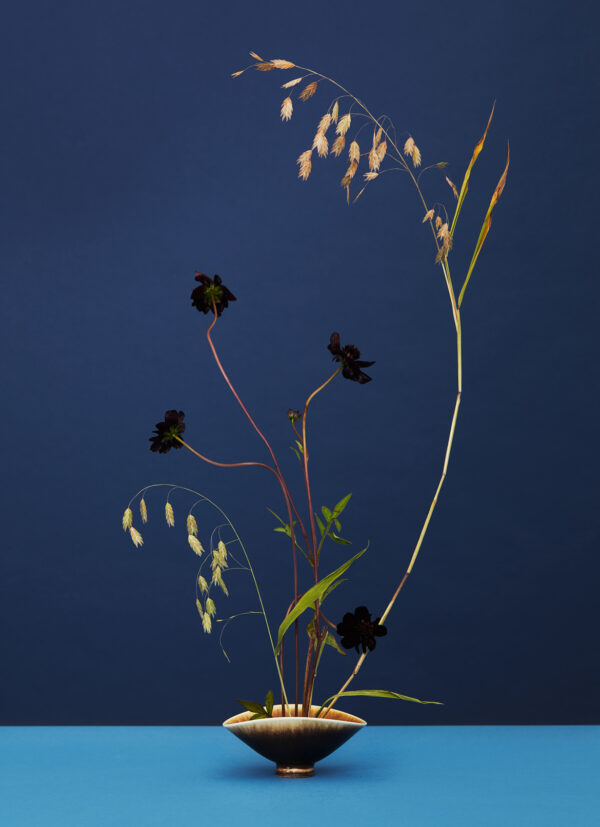
Modern Ikebana piece by Kyoko Hamada
